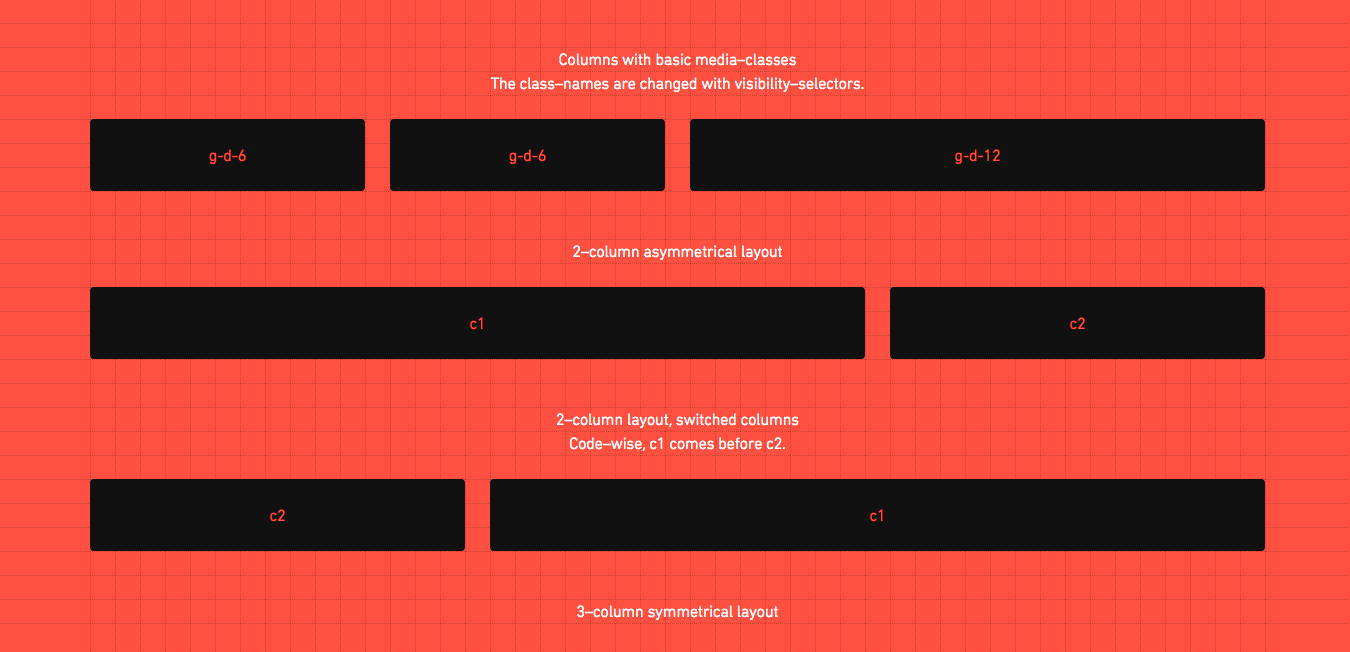

HTML Special CharactersĪ simple technique to reduce the need for background images (thereby saving HTTP requests) is to use HTML special characters for simple shapes. By default the content is accessible via links on the page, but if a certain level of javascript support is present, we'll conditionally load the content when the user requests it or when the resolution reaches a certain breakpoint. Because this content isn't required for the main use case (buying the product) and includes a number of images, we won't load it by default to keep the initial page size down. In order to keep the experience as lightweight as possible and to improve the perceived loading time, we're creating two additional HTML documents for our auxiliary content, reviews.html andrelated.html. However, there are use cases to disable user-zooming, such as if you're including fixed positioned elements. It's recommended to keep user zooming enabled to keep things as accessible as possible. It's important to note that we're not disabling the user's ability to zoom the page (which you could do by adding user-scalable=no to the content attribute), even though we're optimizing the content for small screens. That's fine for non-mobile experiences, but because we're optimizing our experience for mobile browsers, we'll use the viewport meta tag to set the screen width to the device width: Users can then pinch-to-zoom in on the content they want. In order to accommodate for sites not optimized for mobile screens, many modern mobile browsers set a larger browser viewport, which allows for better viewing of non-mobile-optimized sites.
Responsive design tutorial 2016 portable#
Semantic markup is extremely portable and can be accessed by many mobile devices, tablets, desktop browsers and future web-enabled devices, regardless of feature set or capability. StructureĪuthoring lean, semantic HTML5 markup keeps adaptive experiences manageable and accessible, and also provides opportunities for enhanced experiences (quick example: using proper HTML5 input types brings up the appropriate virtual keyboard on many touch devices). So while we'll make sure that purchasing the product is as easy as possible, we'll also try to make the product reviews accessible and utilize the user's location to enhance the mobile experience. For example, 70% of smartphone owners use their mobile phones to influence in-store purchases. Why choose this? E-commerce sites can have many use cases across contexts. The demo we're making is a simple e-commerce product detail page for a fictitious t-shirt company. What We're Making: The Humble Product Detail Page Building fast-loading, optimized experiences mobile first has a trickle down (or up, depending on how you look at it) effect for tablet, desktop and other emerging contexts.
Responsive design tutorial 2016 how to#
The constraints of the mobile context force us to focus on what content is essential and how to present that content as quickly as possible. In order to create a site that's truly designed for mobile context and not just for small screens, we want to ensure that we tackle the many challenges of mobile development upfront. In addition, touch screens open new opportunities to interact directly with content and mobile ergonomics lead to different considerations when designing layout and functionality. Because we constantly have our mobile devices with us, connectivity can be all over the board, ranging from strong wi-fi signals on the couch to 3G or EDGE when out and about. Our mobile devices are with us wherever we go, unlocking entire new use cases. However, mobile context is much more than just screen size. We'll use fluid grids, flexible images and media queries to get the layout looking great regardless of the size of the device's screen dimensions.

Thankfully, responsive web design gives web creators some tools for making layouts that respond to any screen size. What we could do to further enhance our adaptive experienceĪs the web landscape becomes increasingly complex, it's becoming extremely important to deliver solid web experiences to a growing number of contexts.



 0 kommentar(er)
0 kommentar(er)
